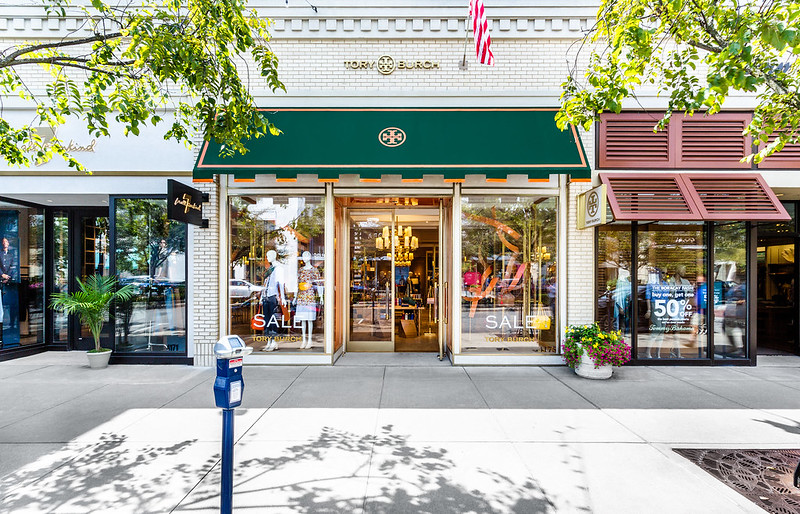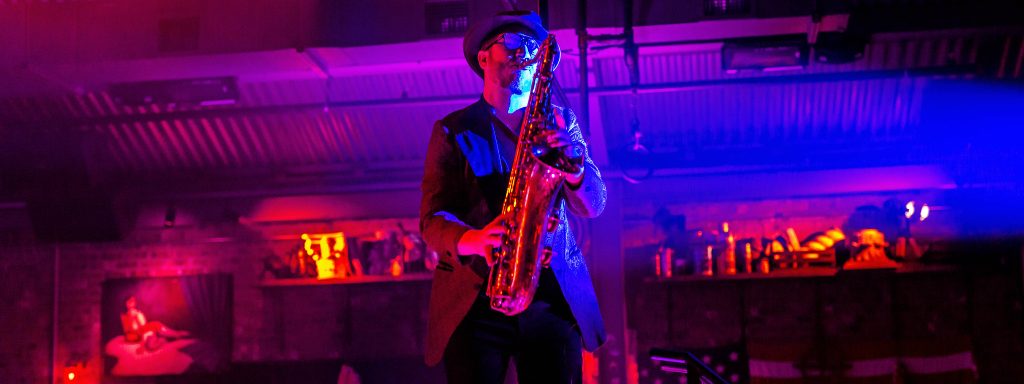By Al Urbanski, Chain Store Age
The challenges facing developers and retailers as they plan for the shopping venues of tomorrow were brought home by a panel of shopping center executives at the SPECS session, “Shopping Venues of Tomorrow,” moderated by Lou Allevato, principal, HFA.
“There are many types of retail,” said Yaromir Steiner, CEO of Steiner + Associates. “There’s no right thing for all retail.”
Steiner challenged the audience to forget about creating gathering places and memorable moments for shoppers and, instead, ponder the underlying social situation causing upheaval on the retail scene.
“The elephant in the room is income distribution in America,” said Steiner, the developer of one of America’s more successful shopping meccas, Easton Town Center in Columbus. “It used to be that 90% of the population accounted for 70% of income. Now 90% accounts for only 50% of income.”
One consequence of this economic disparity, he said, plays out clearly in a retail marketplace where nearly all the growth is coming from stores competing in either the luxury or value segments. As a result, traditional full-price retailers, especially in the apparel category, face a crisis.
“People still need jeans, but they’re going to Costco or Old Navy to get them instead of The Gap,” Steiner said. “They shop at outlet centers and dollar stores. Middle class America has been hollowed out and it’s not a problem that’s going to be solved soon.”
Starwood Retail Partners’ chief strategy officer Carl Tash elaborated on the challenge for retailers and what role the companies will play in the creation of the 21st century retail center.
“A great amount of apparel sales continues to shift — not all to value, but to fast fashion. And retailers in other categories, like Dick’s, also sell clothes,” Tash said. “As for most in-line apparel retailers, frankly, they’re not doing a good job. We can have more grocery and more visits without shopping that are focused on entertainment. But what will be in the department store’s place that will be more enduring?”
Tash predicted a continuation of the incredible shrinking store trend, in which there will be more 50,000-sq.-ft. urban-format Targets and fewer 175,000-sq.-ft. Super Targets.
“Clearly, there’s a trend toward less is more,” he said.
Mixed-use centers configured on live-work-play philosophies will be poised to work out the vagaries of giving the customer what he or she wants, said Jeff Johnson, executive VP of development at Trademark Property Co., which is developing several such projects in Texas.
“We’re blurring the lines of what’s retail, office and residential,” he said. “A culture of 24/7 usage of centers is evolving.”
Steiner predicted more distribution hub-type retail, typified by warehouse clubs such as Costco that continue to ride the value trend successfully. But these mega-retailers leave the door wide open for shopping center developers like himself to help retailers forge lasting connections with consumers, he opined.
“We put in restaurants because restaurant occasions are celebratory and create an emotional attachment [with the customer],” Steiner said. “People don’t get emotionally attached to Costco or Home Depot. Our challenge is to make sure we communicate to the retailer all we know about the customer. That’s the Holy Grail and that’s a gap we must close.”






